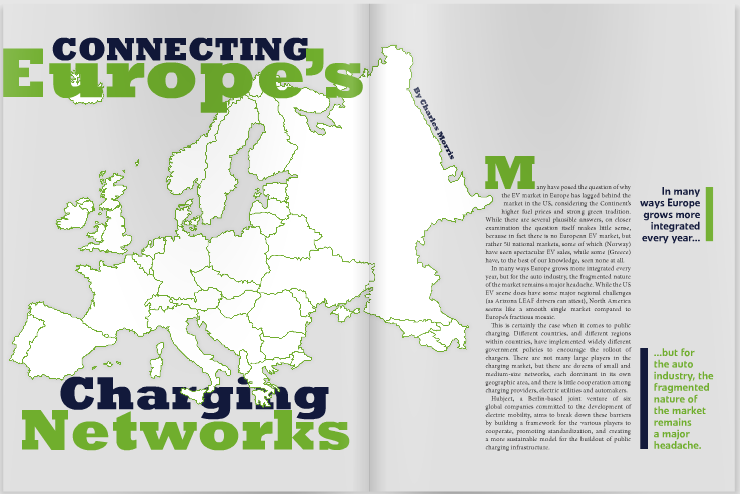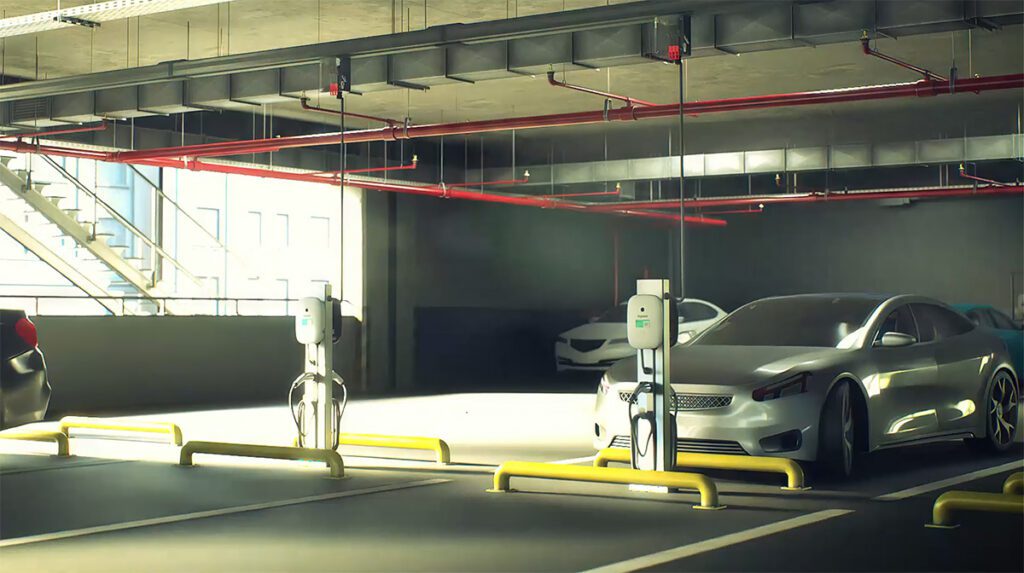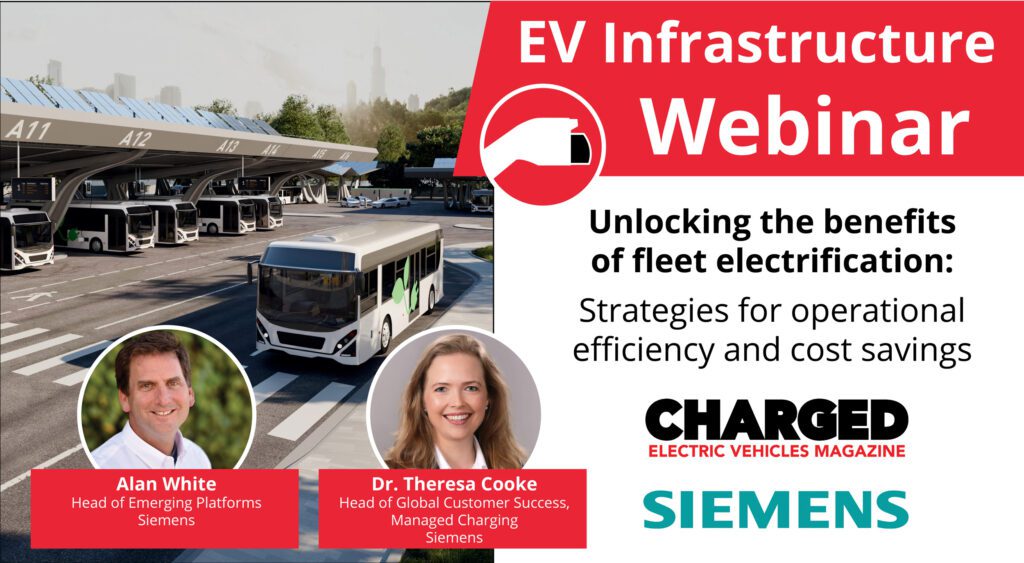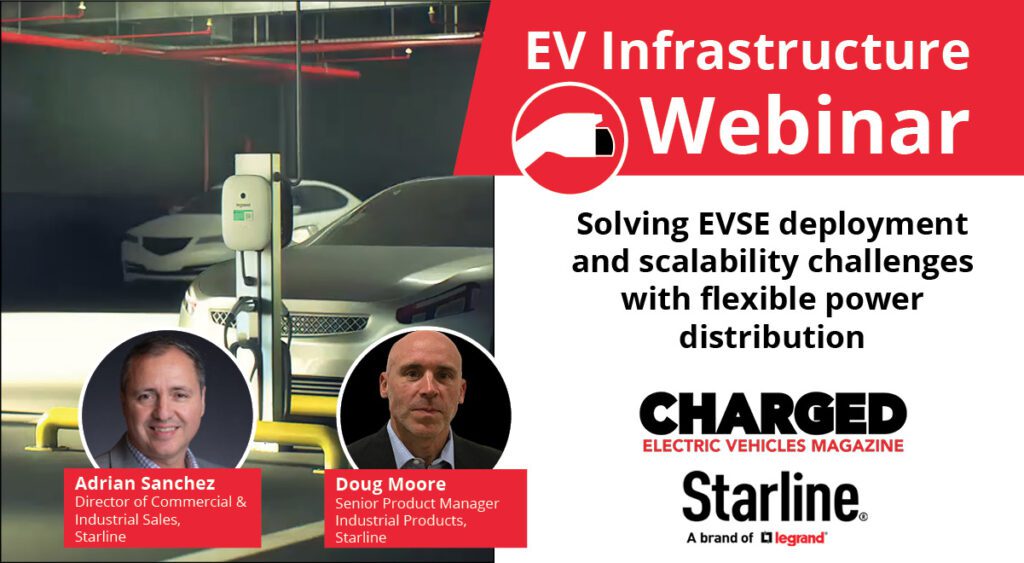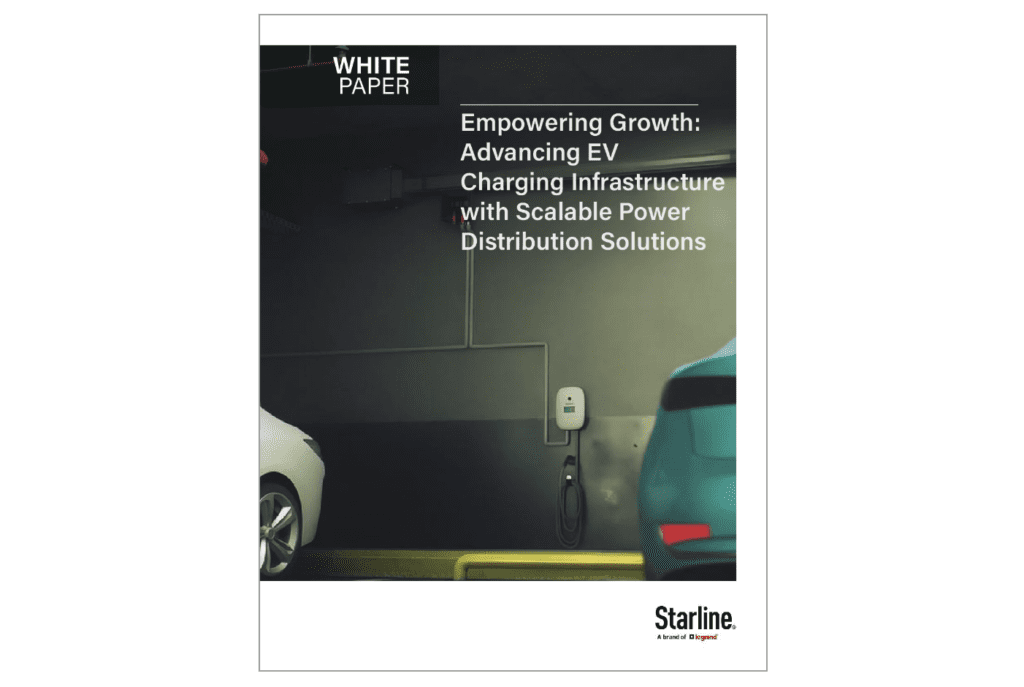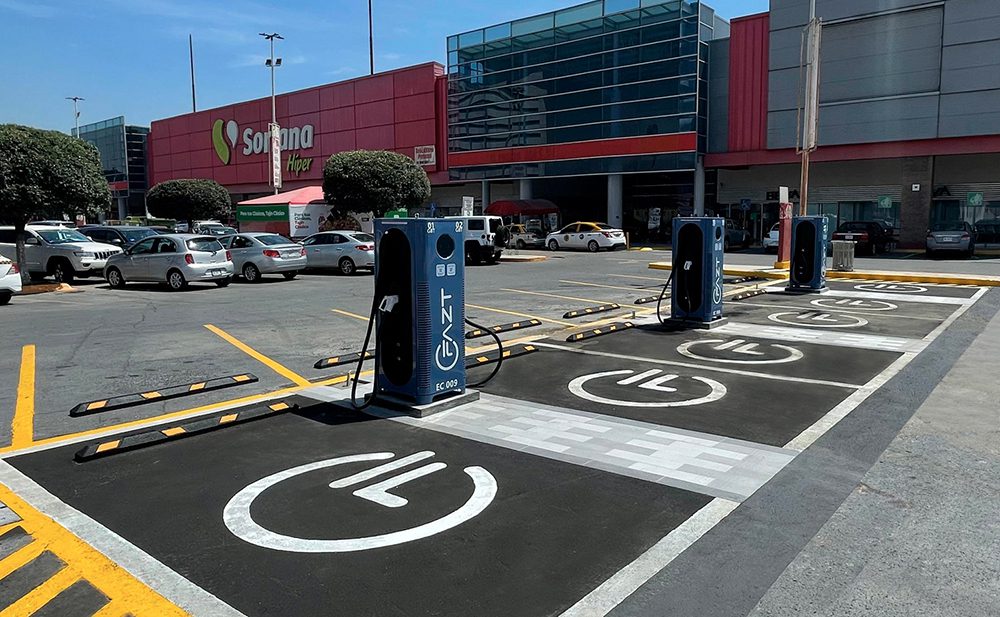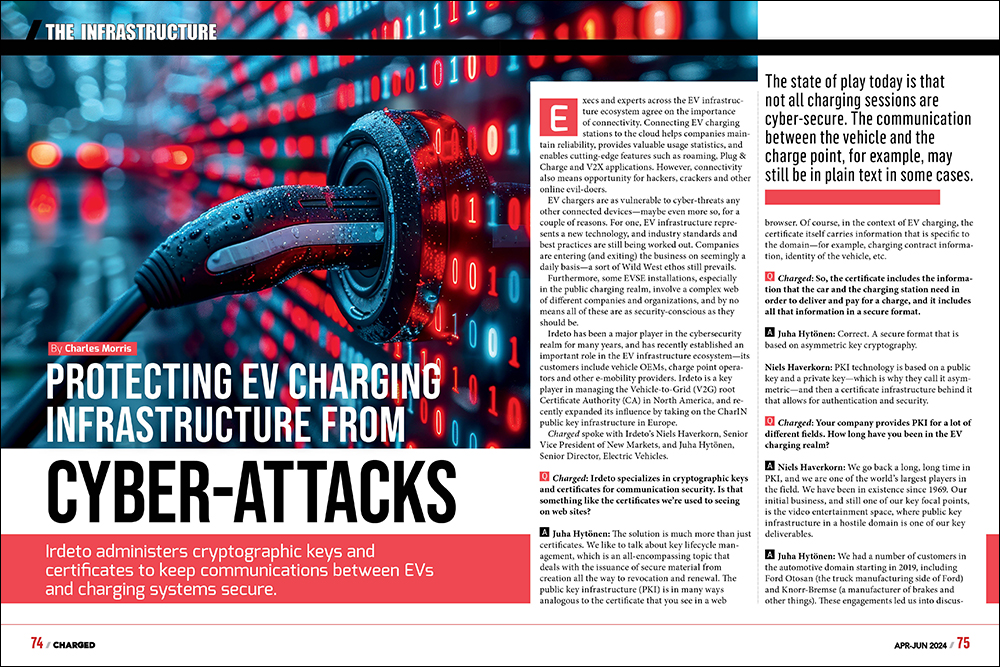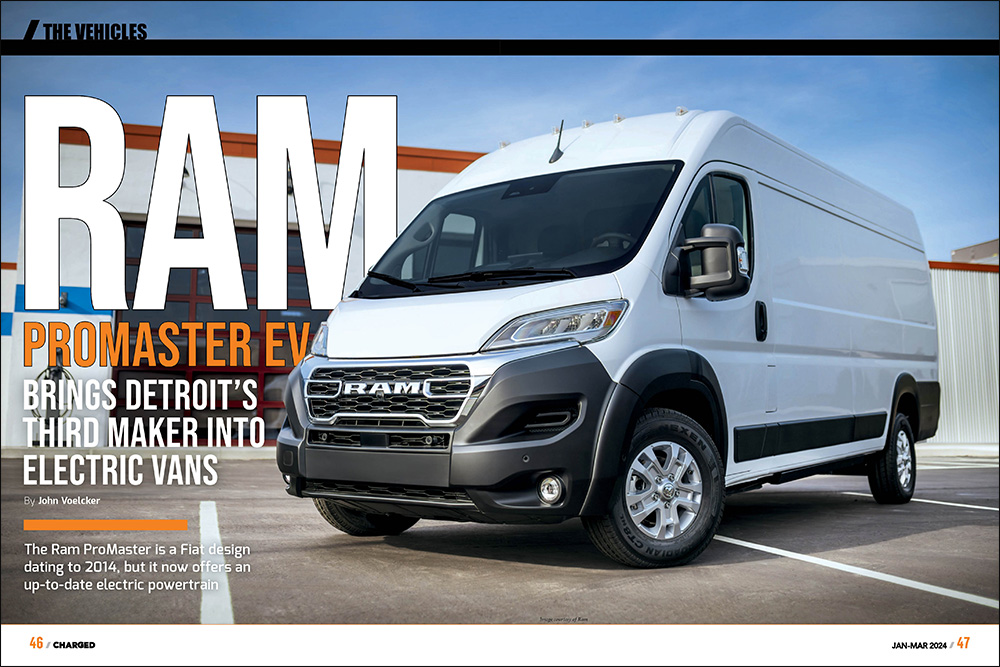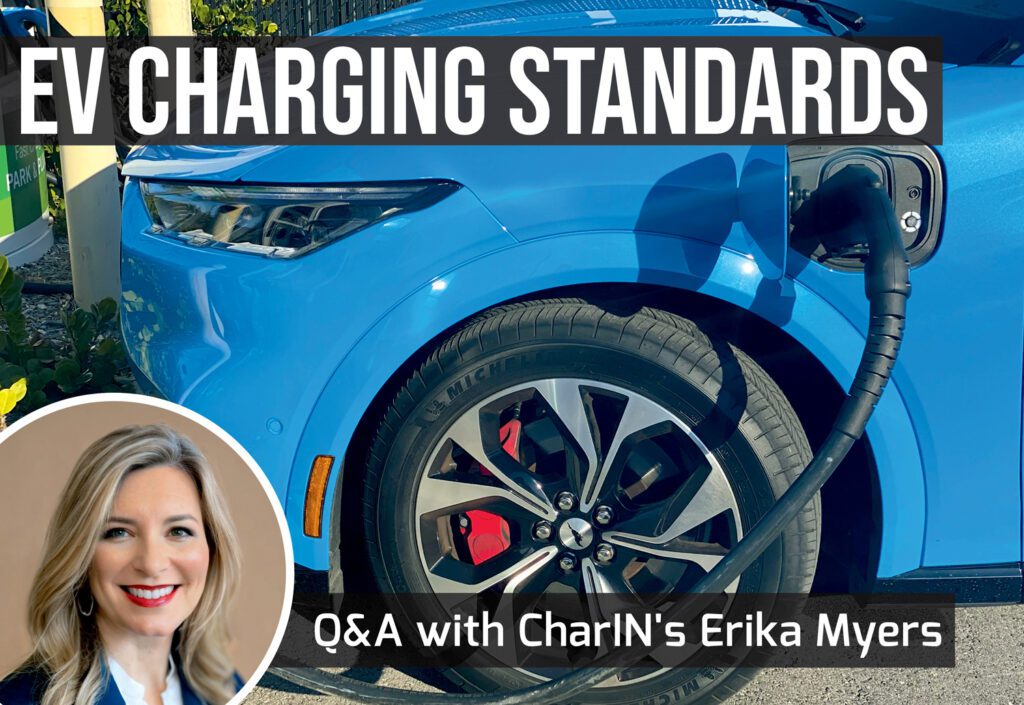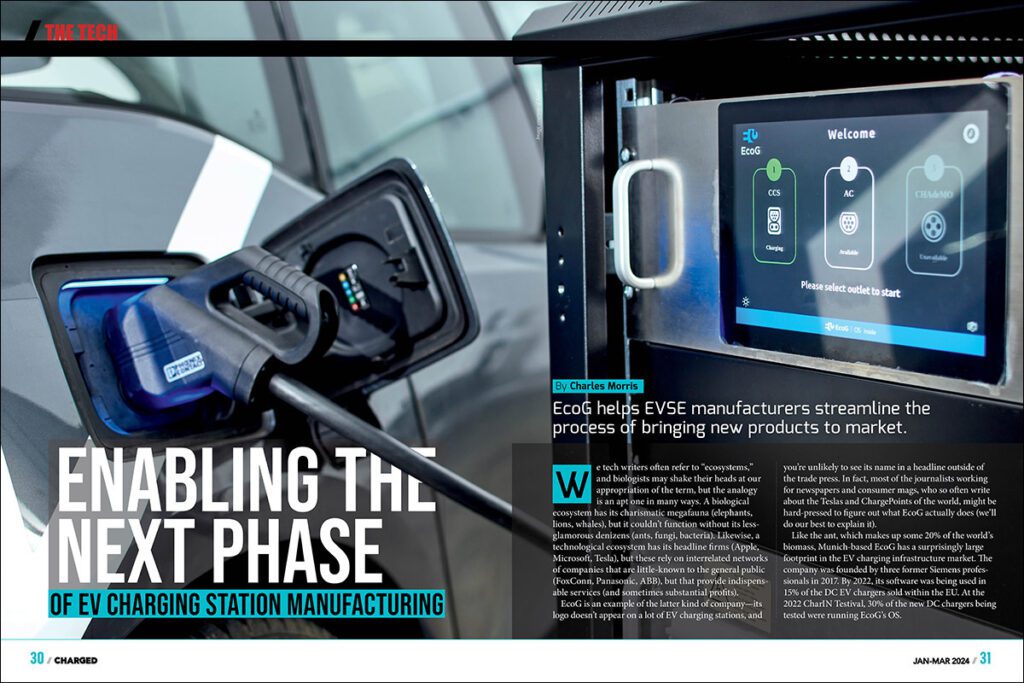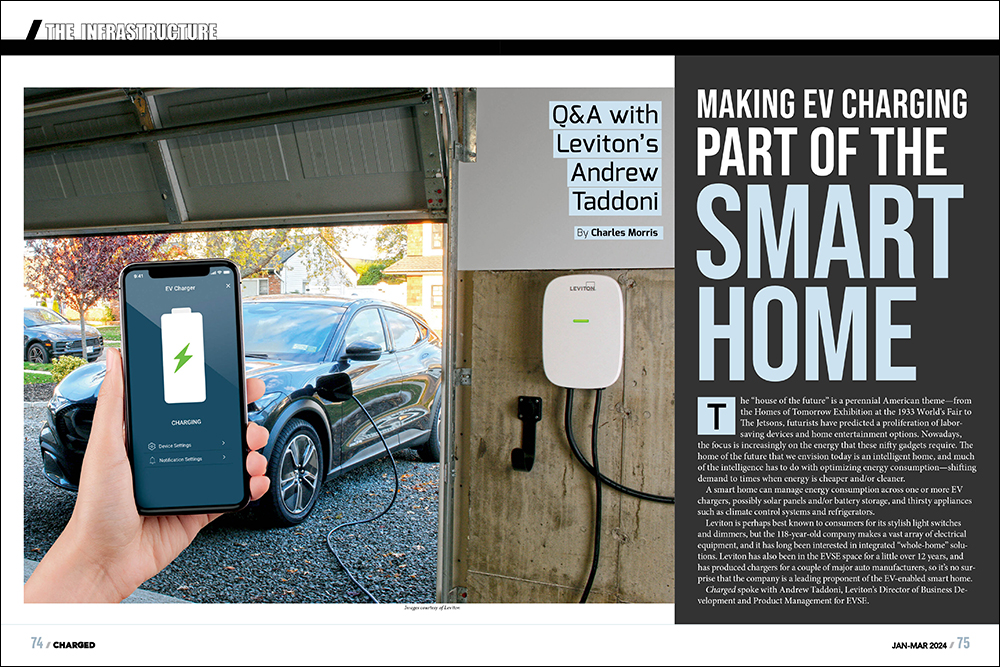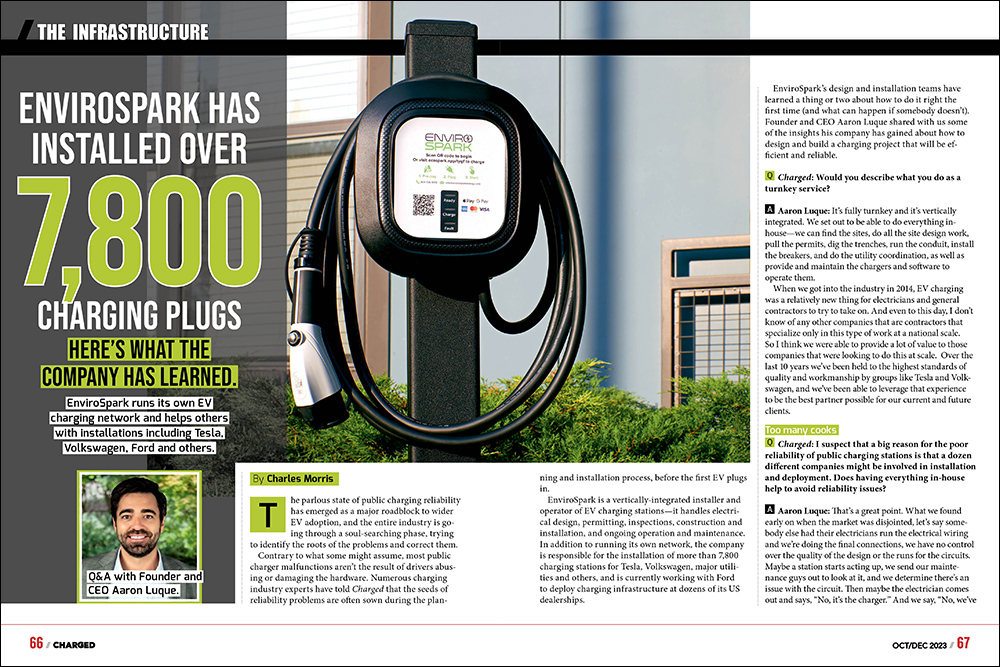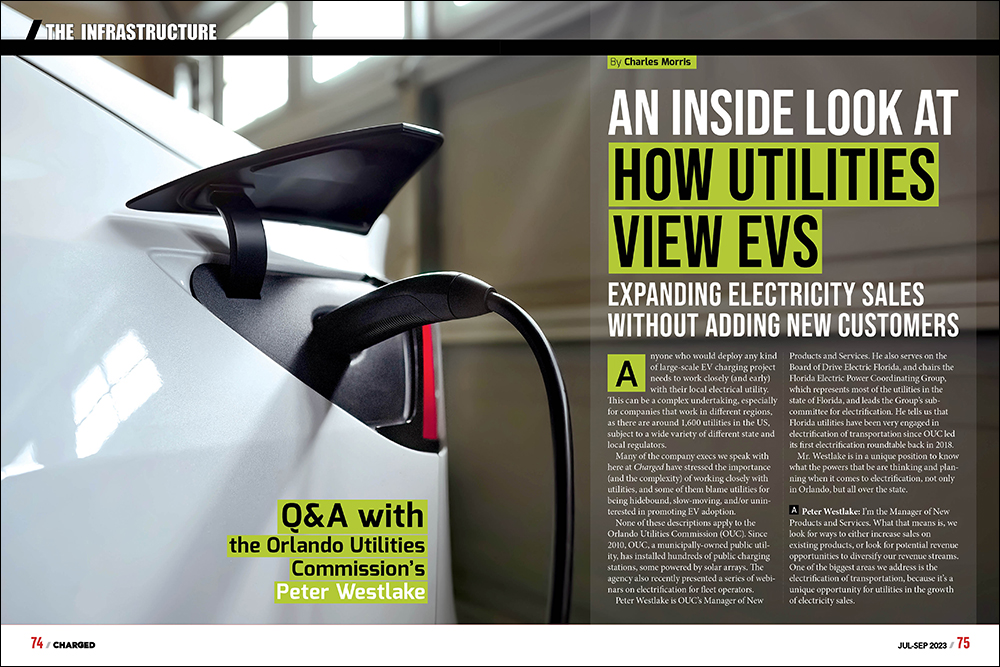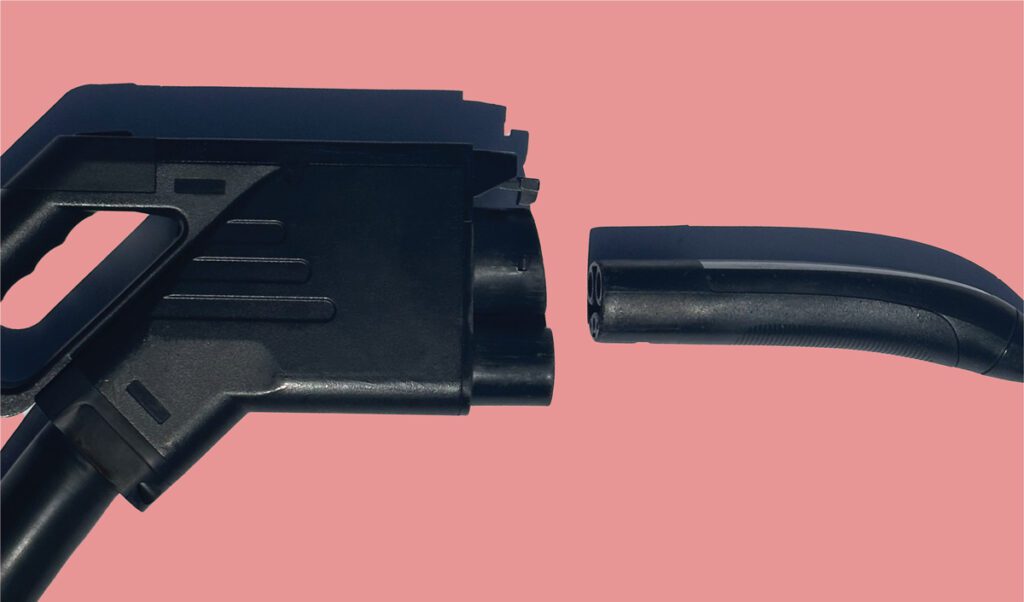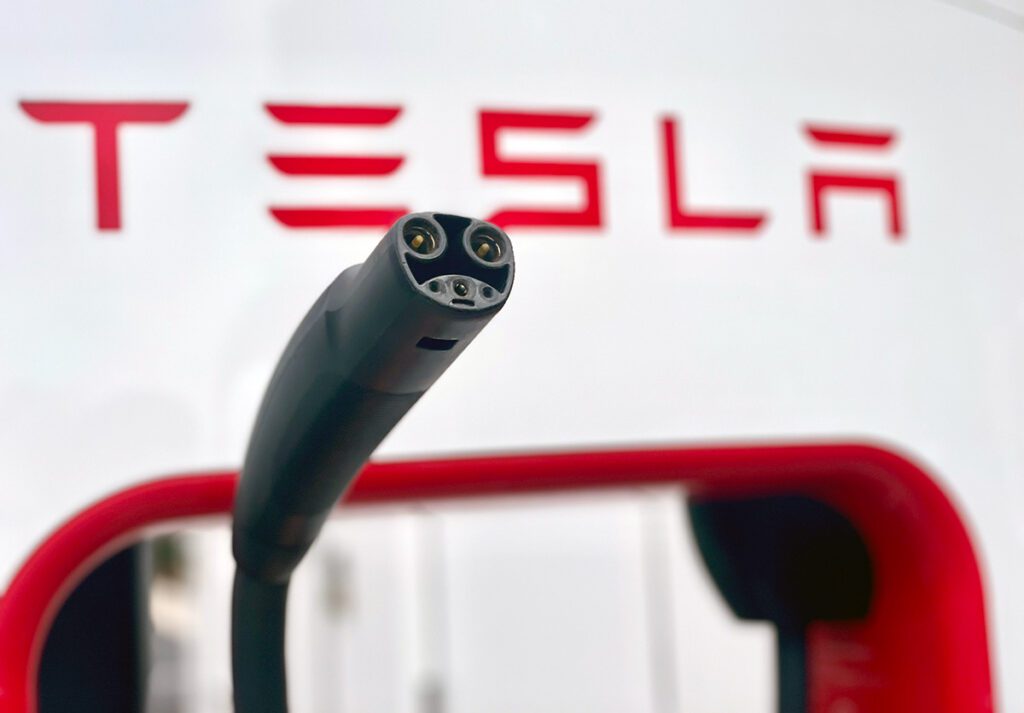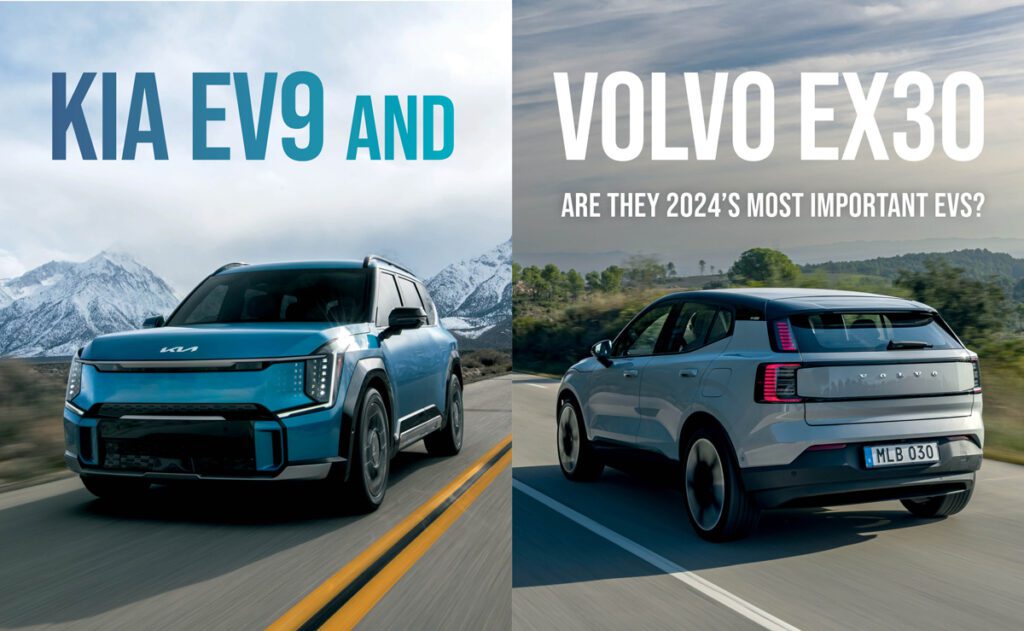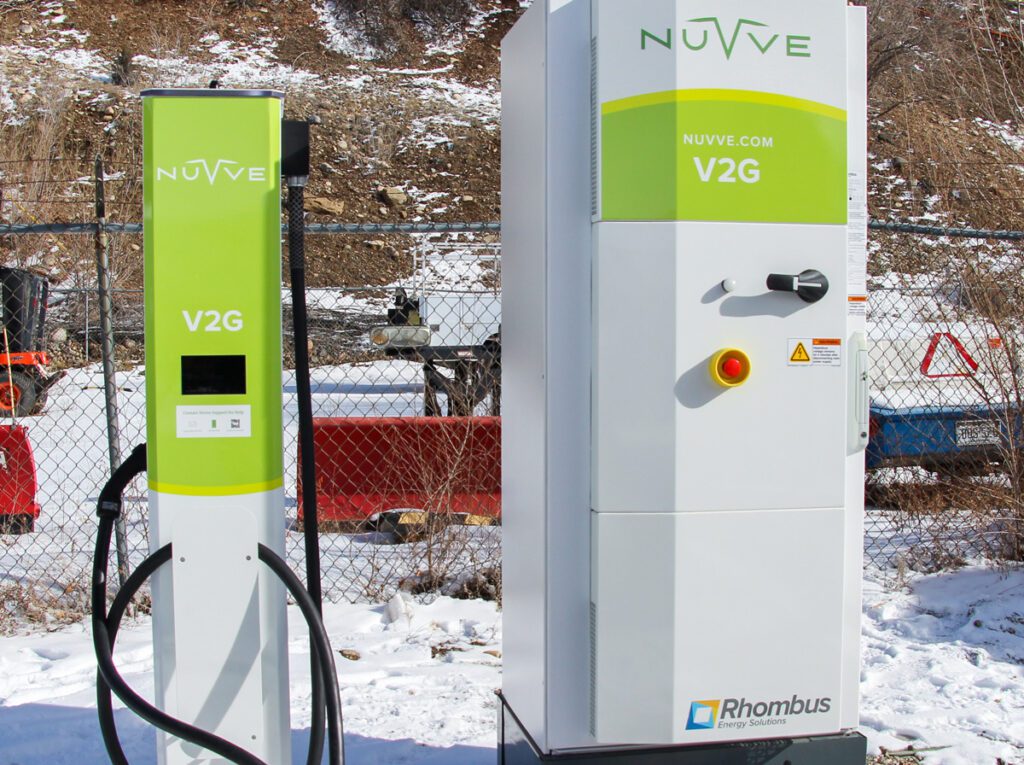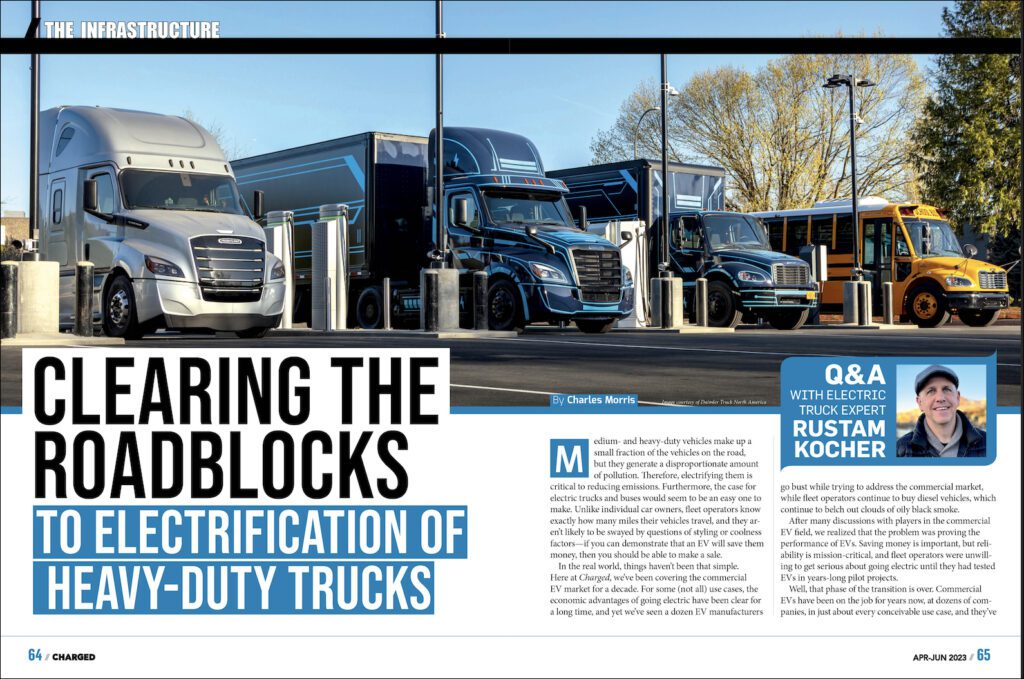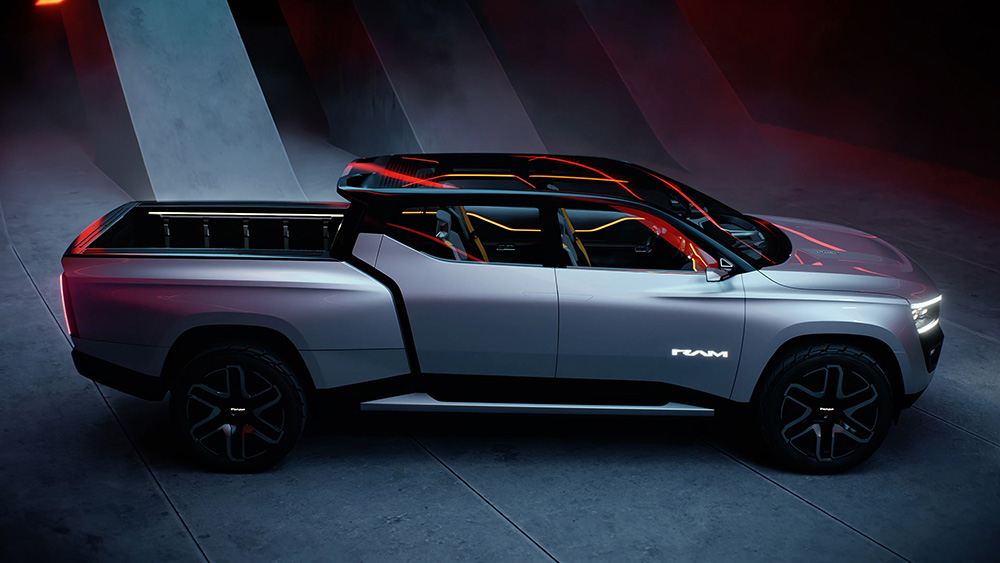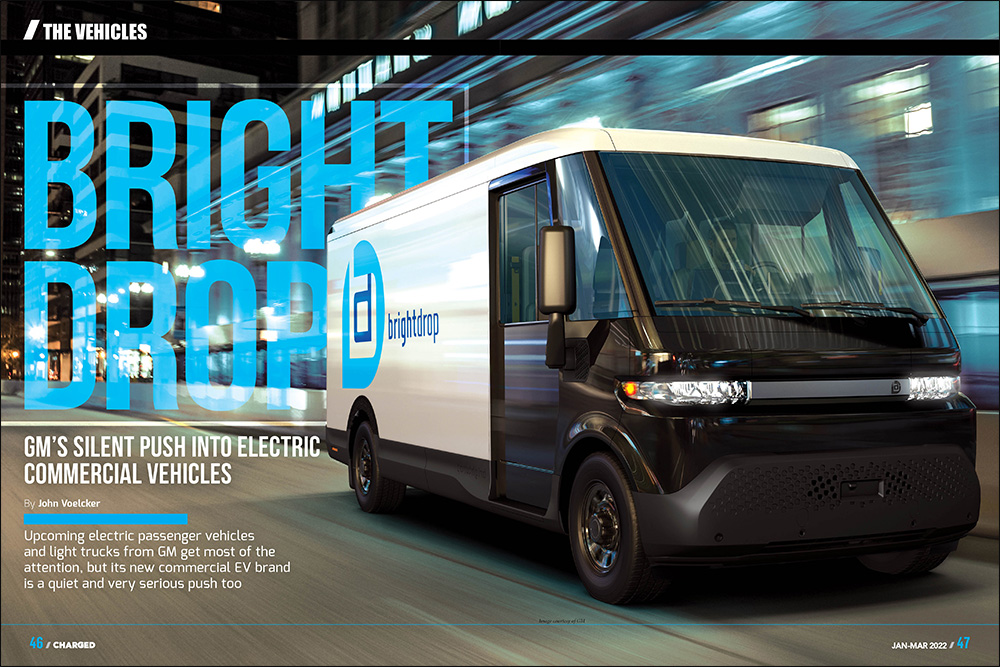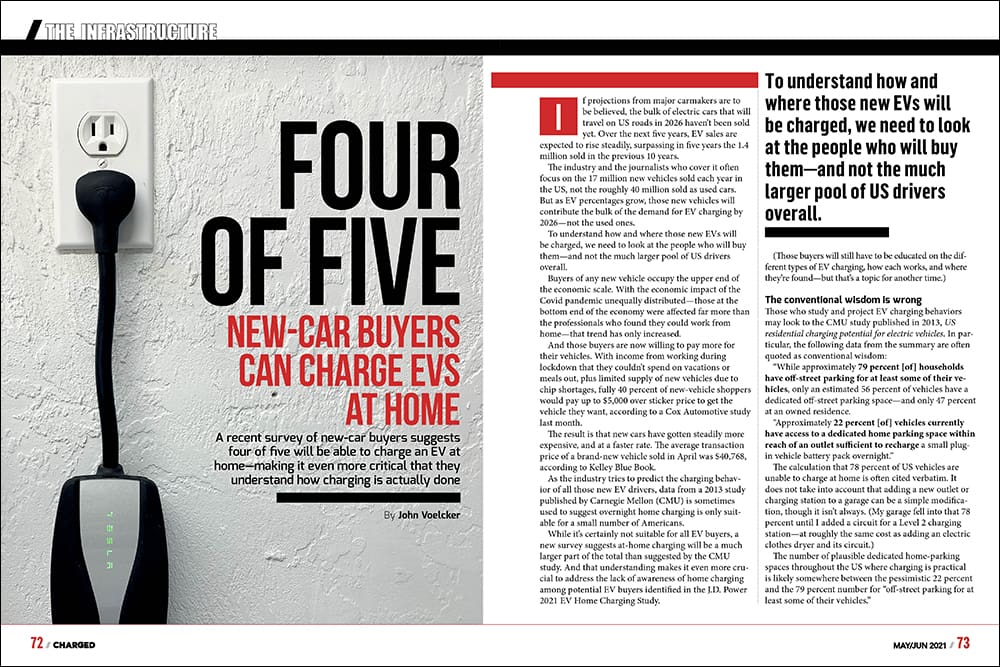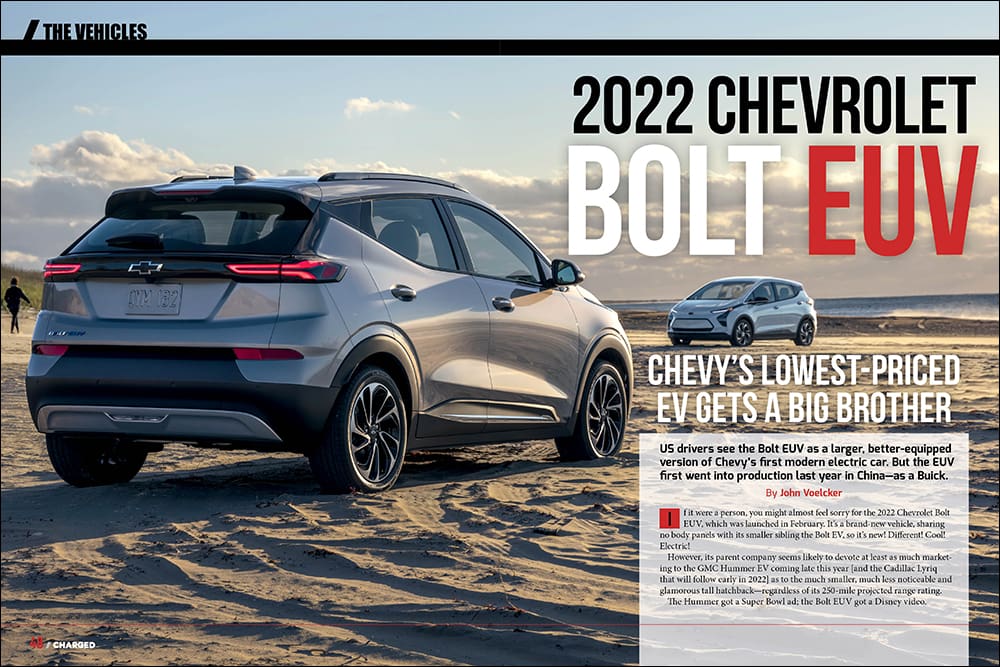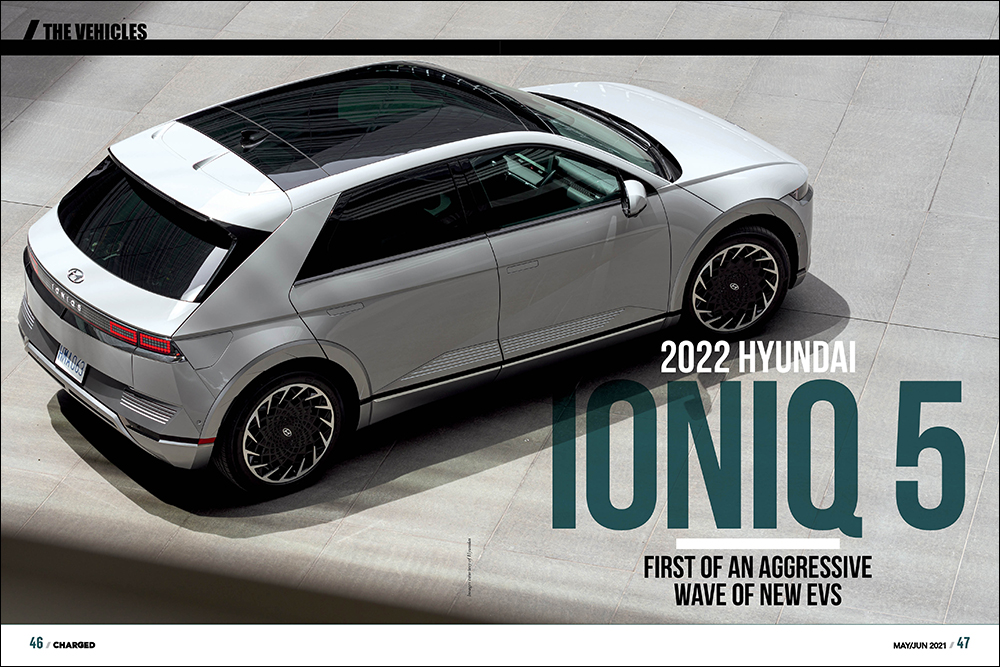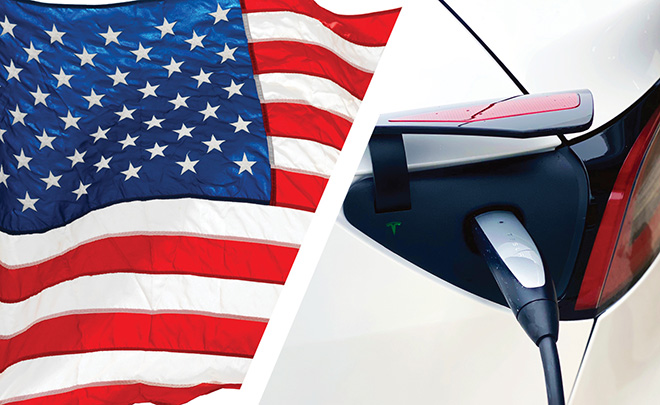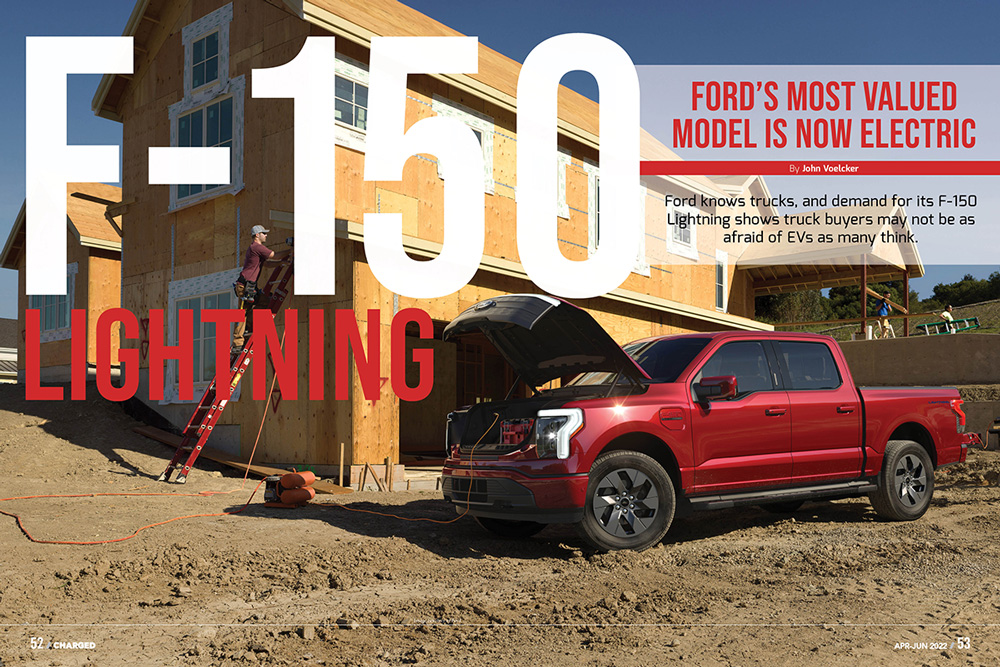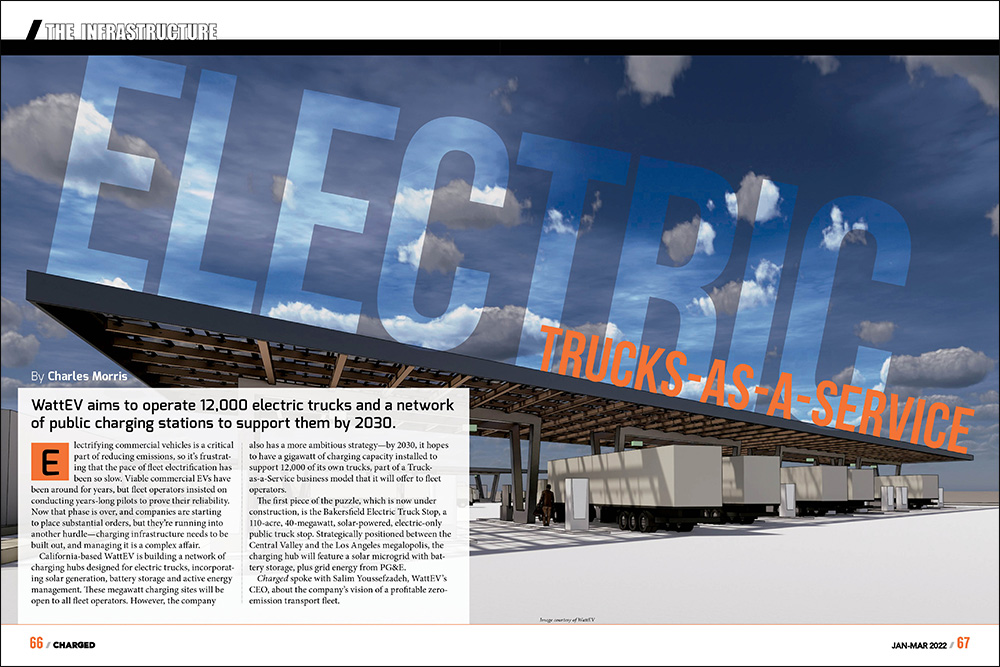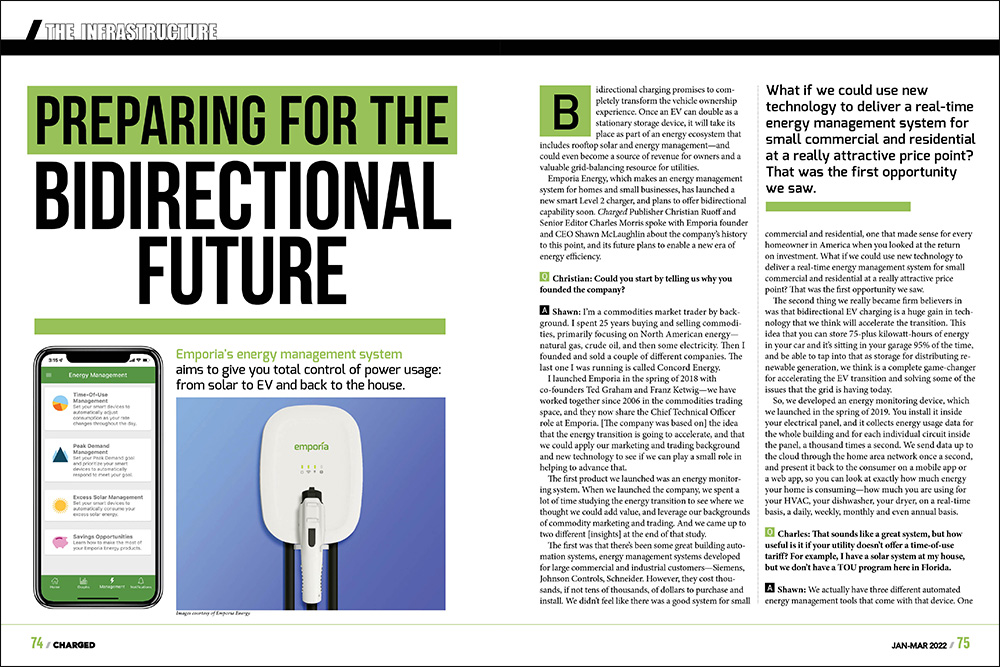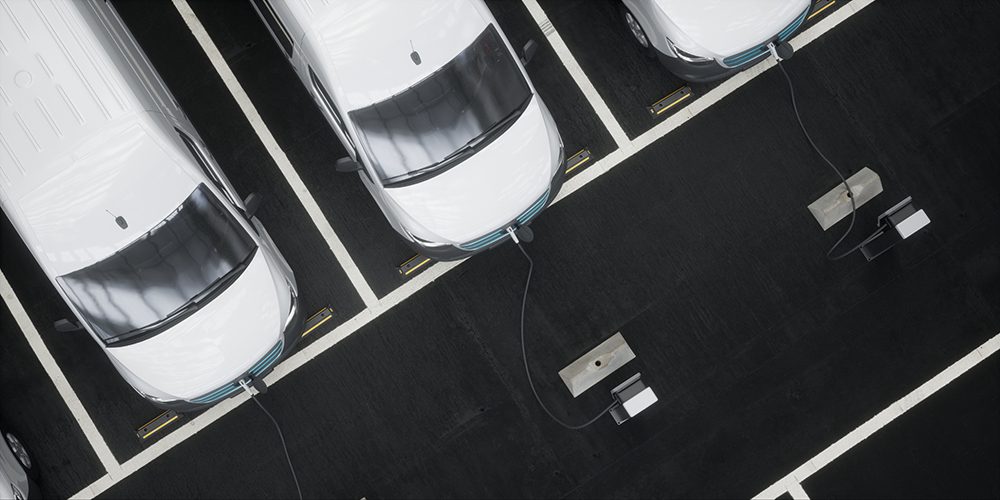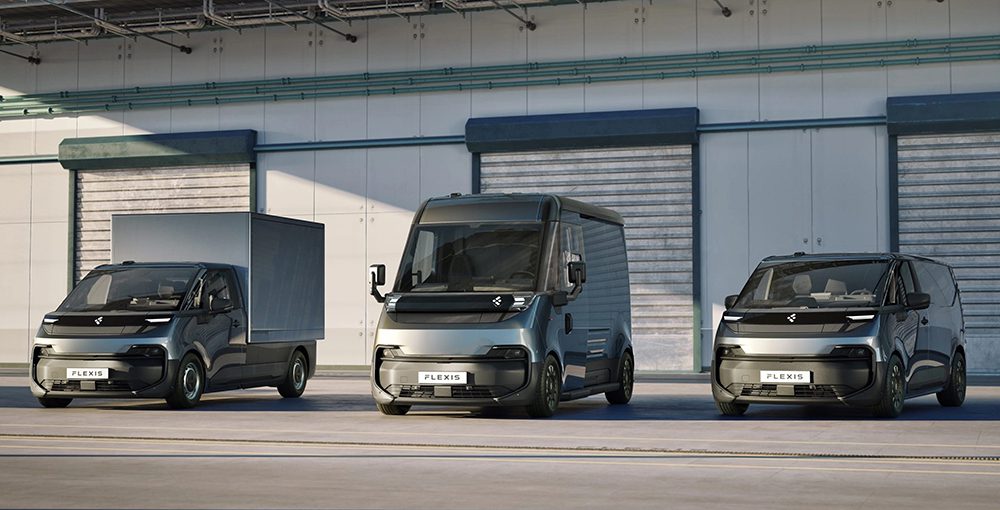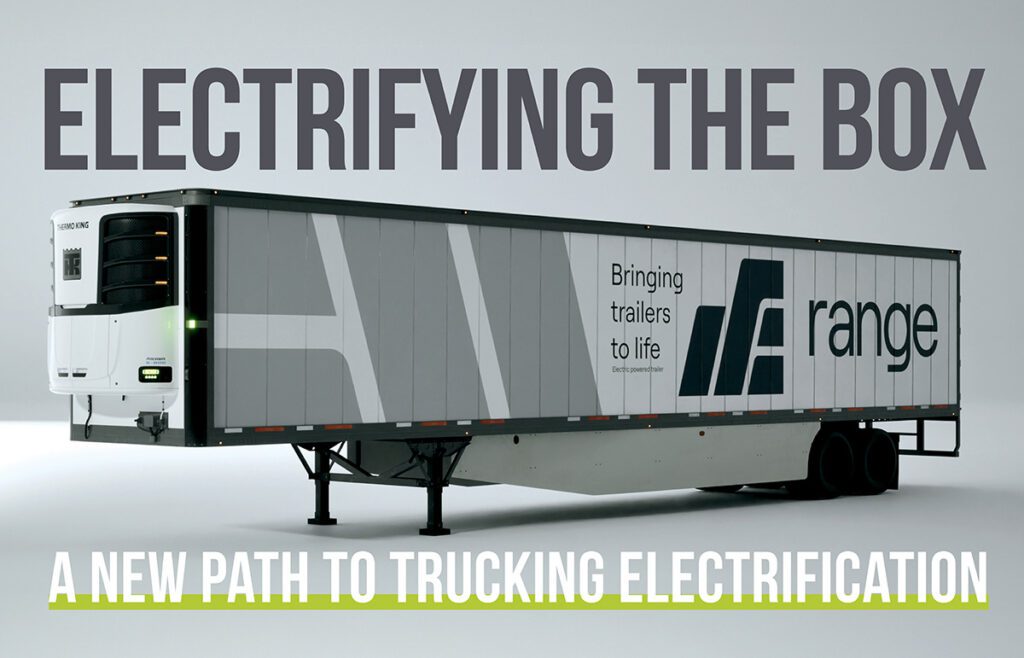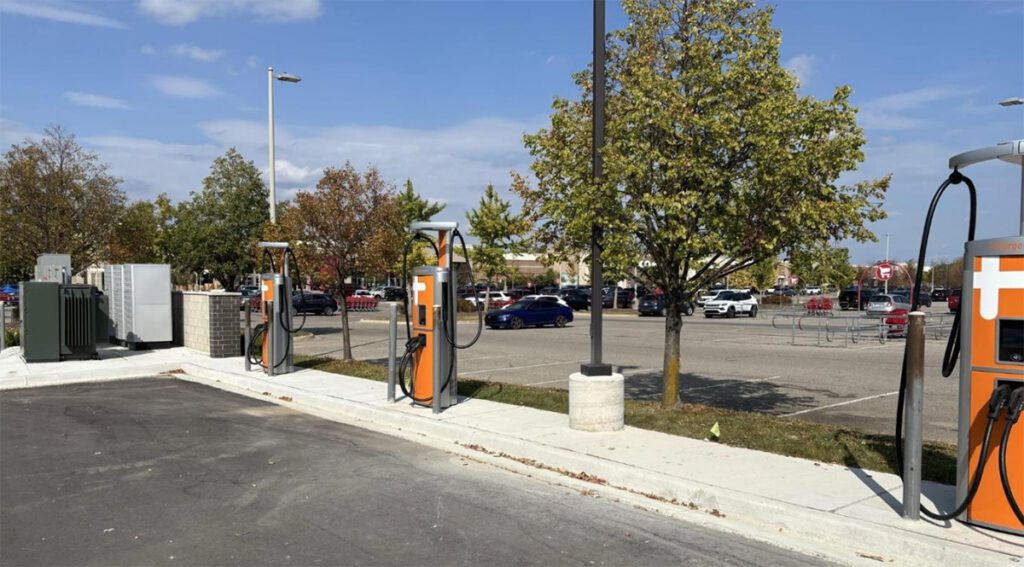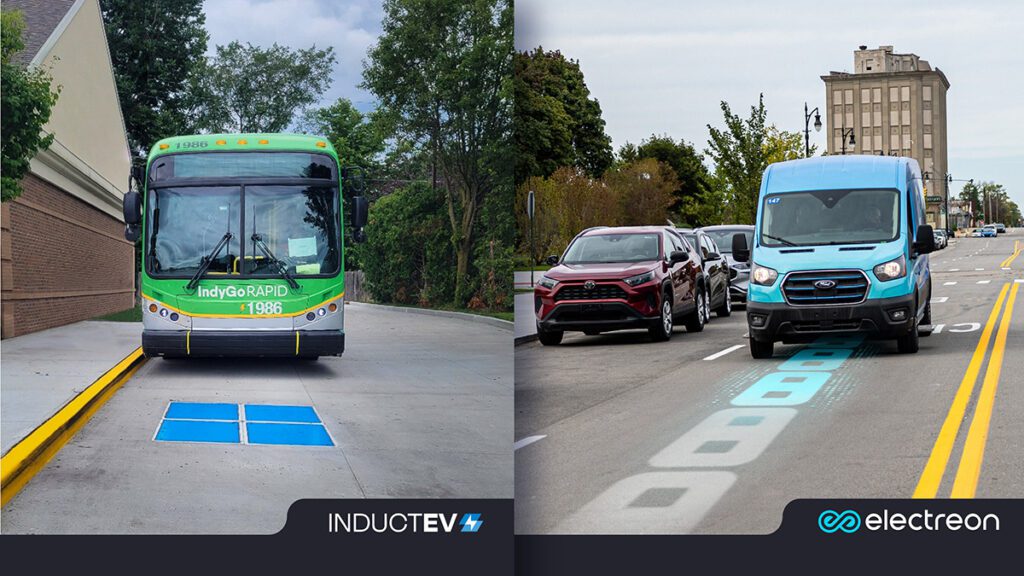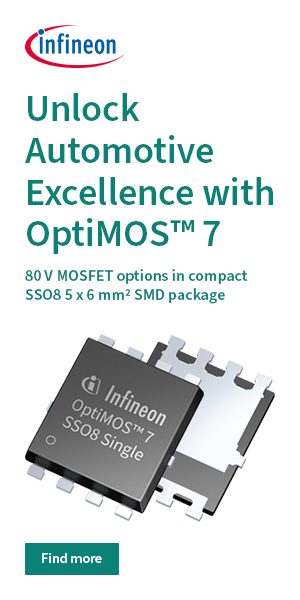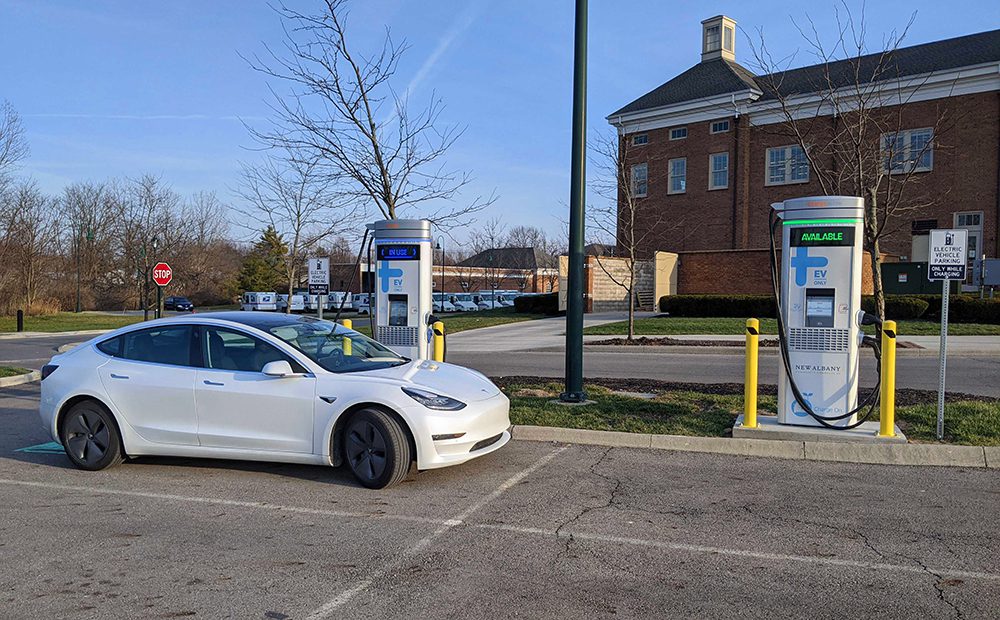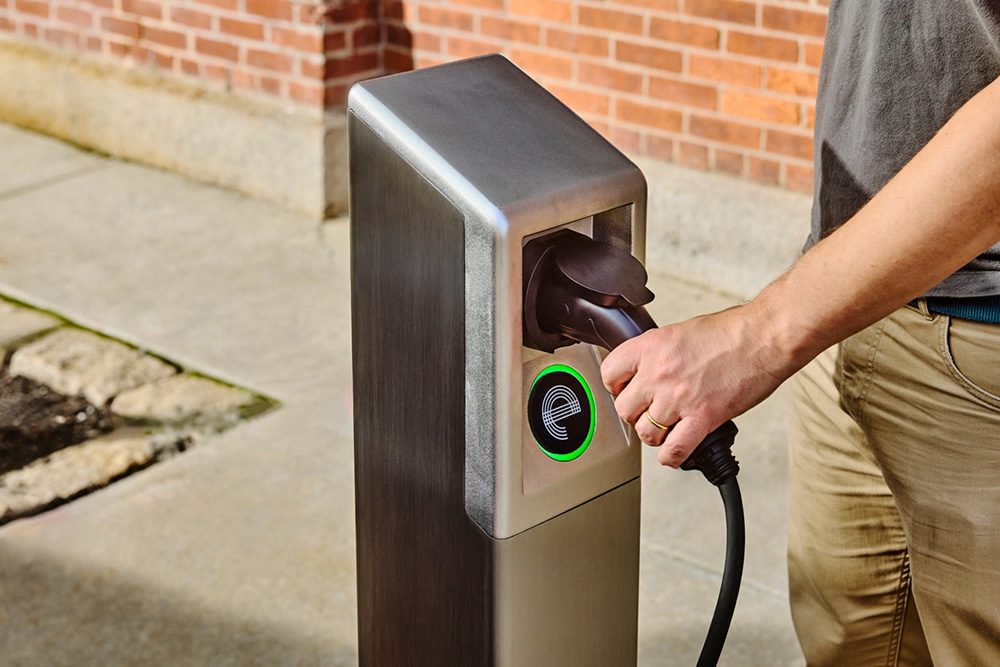Many have posed the question of why the EV market in Europe has lagged behind the market in the US, considering the Continent’s higher fuel prices and strong green tradition. While there are several plausible answers, on closer examination the question itself makes little sense, because in fact there is no European EV market, but rather 50 national markets, some of which (Norway) have seen spectacular EV sales, while some (Greece) have, to the best of our knowledge, seen none at all.
In many ways Europe grows more integrated every year, but for the auto industry, the fragmented nature of the market remains a major headache. While the US EV scene does have some major regional challenges (as Arizona LEAF drivers can attest), North America seems like a smooth single market compared to Europe’s fractious mosaic.
This is certainly the case when it comes to public charging. Different countries, and different regions within countries, have implemented widely different government policies to encourage the rollout of chargers. There are not many large players in the charging market, but there are dozens of small and medium-size networks, each dominant in its own geographic area, and there is little cooperation among charging providers, electric utilities and automakers.
Hubject, a Berlin-based joint venture of six global companies committed to the development of electric mobility, aims to break down these barriers by building a framework for the various players to cooperate, promoting standardization, and creating a more sustainable model for the buildout of public charging infrastructure.
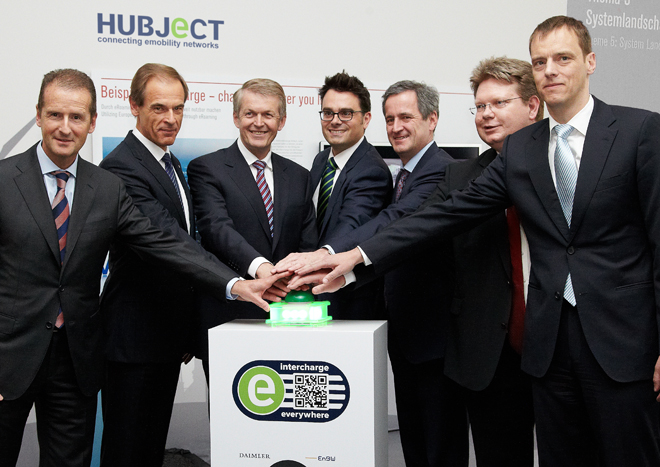
The six current Hubject shareholders are global automakers BMW and Daimler, technology and equipment powerhouses Siemens and Bosch, and international electric utilities RWE and EnBW. Such a cooperative venture among different industries vested in electric mobility is something of a first, according to Andreas Pfeiffer, Hubject’s Managing Director.
Pfeiffer knows EV charging – before coming to Hubject, he was the CEO of smartlab, a joint venture of the public services in Aachen, Duisburg and Osnabrück, three cities in Germany near the borders with the Netherlands and Belgium. He managed the development of concepts and technologies for smart grids and electric mobility for the municipal utilities and served in the Nationale Plattform Elektromobilität, a commission of experts advising the German government on electric mobility. Pfeiffer is convinced that the lack of a comprehensive and convenient system for public charging is a key factor holding back EV sales in Europe. Auto OEMs are well aware of the situation and find it frustrating, given their investments in EV technology.
 Hubject’s goal is to give EV drivers the peace of mind of knowing that they can charge anywhere they go. It doesn’t aim to build a monolithic single network, but rather to manage contracts between providers in a way that’s transparent to users. Hubject’s platform has been in production for several months now, and it is steadily building partnerships with charging providers all over Europe.
Hubject’s goal is to give EV drivers the peace of mind of knowing that they can charge anywhere they go. It doesn’t aim to build a monolithic single network, but rather to manage contracts between providers in a way that’s transparent to users. Hubject’s platform has been in production for several months now, and it is steadily building partnerships with charging providers all over Europe.
The concept is best described as roaming for EVs – it’s analogous to the networks that tie together cell phone providers and ATMs. Each user has his or her own contract with a charging network (as one has with a phone company or a bank), but can locate and use chargers from all participating networks, using existing vehicle- or smartphone-based apps. Although drivers may use charging stations owned and operated by various providers, they need carry only one card and receive only one bill.
Collaboratev is doing something very similar in the US. Pfeiffer is closely following the efforts of his transatlantic counterpart. Collaboratev and Hubject are both platforms that enable roaming, giving EV drivers the ability to seamlessly charge anywhere they like.
Pfeiffer underlines that Hubject has nothing to do with prices – it leaves EV charging location owners and operators free to set and publish their own pricing policies, and allows each actor to have relationships with others without having to manage a bunch of different contracts and interfaces. An organization signs one contract with Hubject, then roaming is managed globally.
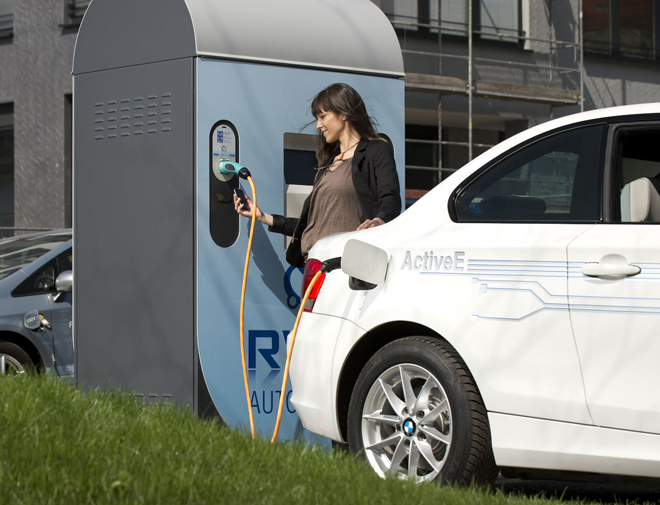
Different industries tend to have different timelines, and there has been a lag between the development of the new generation of EVs and that of the charging infrastructure. For instance, standardization of charging connectors has been “a nightmare,” according to Pfeiffer, because different countries have rolled out different types of plugs. In January, the European Commission mandated the Type 2 connector, commonly called “Mennekes” after one of the companies that makes it, as the European standard for DC fast charging. European governments at all levels are keen to encourage EVs, and have invested quite a bit of money in charging infrastructure projects. However, with little coordination among the various deployments, the majority of them are like islands, each with a small number of charging stations, and each with its own access method and policies.
Europe has no networks on the scale of ChargePoint or ECOtality (each of which has over 12,000 charging points). There are a dozen or so networks of over 500 stations each, and a handful with a few thousand each. Several of the larger players, such as RWE in Germany and the Electric Traffic Consortium in Finland, have partnered with Hubject, and several are already using the live platform.

Driving investment
Another aspect of Hubject’s mission is to provide incentives for more sustainable development of EVSE. So far, most of Europe’s chargers have been installed with public money, and governments have felt obliged to make charging free. That’s good news for today’s drivers, but not a good omen for future EVSE development. In fact, Pfeiffer sees this as a bubble that will eventually burst, because governments won’t be able to keep investing indefinitely, and if no one is making money, there’s not likely to be much private investment.
Hubject’s solution is to create a pool of money to incentivize new development. It collects a small fee from drivers, and Hubject matches the funds. Every year, this pool is distributed to the owners of charging locations, based on the number of charge spots that each operates. This gives them an incentive to install more spots in the future.
Hubject is working to standardize the RFID cards that are widely used to give access to EV charging, and developing a simpler, more efficient mode that it calls Plug&Charge. Hubject provides a smartphone app that its partners can use or integrate with their own. This allows drivers to scan a quick-response code on a charging station, which contains information about the network. Next to it, Hubject’s recognizable “E” logo tells drivers that they can charge wherever they go – just like the little Visa logo you see on the back of your credit or debit card.
This article originally appeared in Charged Issue 9 – AUG 2013






